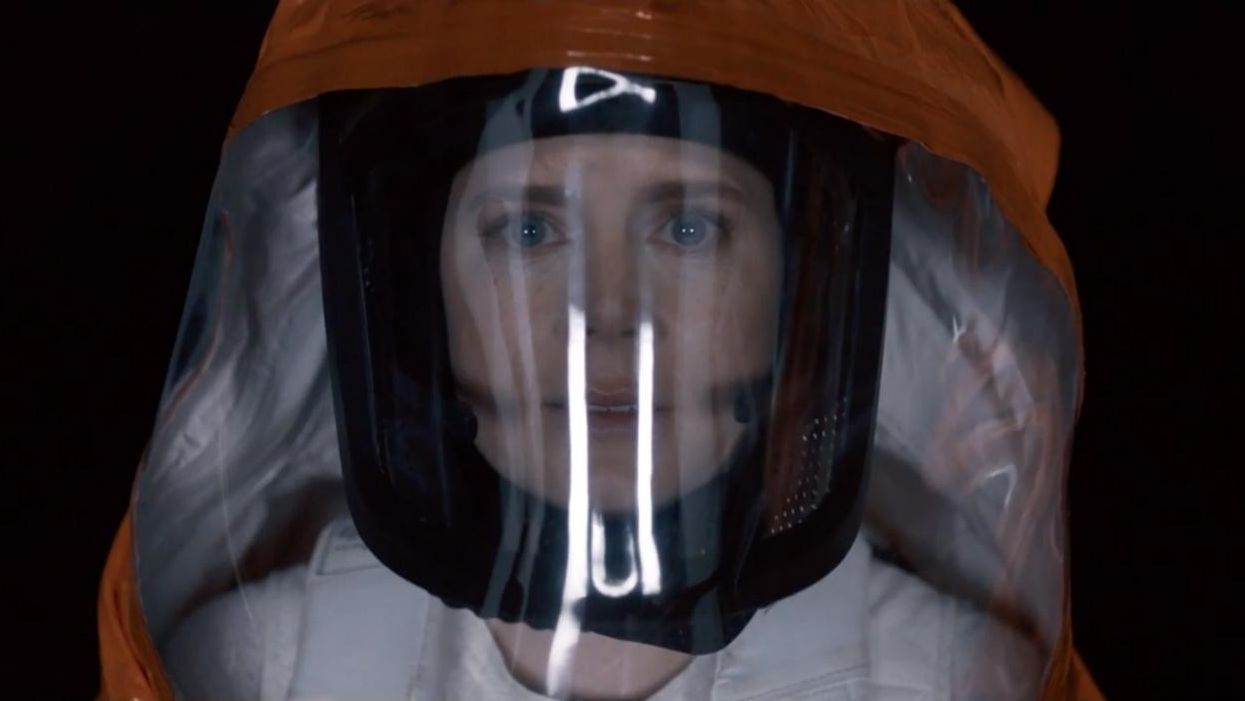4 Tips for Adapting a Short Story into a Feature
If you're working on an adaptation, why not learn from the best?

In Hollywood studios' never-ending quest for material and IP to base movies on, they’ve gone through books, toys, board games, cartoons, restaurants, and every vague brand association. But recently, short stories have caught the attention of studio executives as a quick way to acquire a great idea that can go in a lot of fun directions.
Recently, Premium Beat showcased discussions with screenwriters who have expanded short stories into notable features, including Eric Heisserer (Arrival; adapted from Ted Chiang’s “The Story of Your Life”), Allan Scott (Don’t Look Now), as well as author Maile Meloy, whose short stories "Certain Women" were adapted into a film by Kelly Reichardt.
If you’re looking to adapt a short story into a feature film, you can learn a lot from what these talented writers have to say. Let’s see what kind of advice they have for us.
1. Make It A Movie
Eric Heisserer, screenwriter of Arrival, spoke about many interesting things during his interview with our very own Christopher Boone at last year's Austin Film Festival, but let's zero in on one particular aspect: the development process. One of the key things he mentions is how insistent he was that the film remain relatively faithful to the core of the short story. That means he refused to turn it into a humans vs. aliens action film.
However, he realized that there were certain things that audiences might not be on board for, even in a relatively faithful version of the story. The big change Heisserer made was the setting of the film; he made sure it took place in one location, built around a single, escalating conflict. That created the conditions that a successful feature film requires: dramatic interactions, motivated by interesting characters, in a visually engaging setting.
As a produced screenwriter, Heisserer knows what makes a movie and what doesn’t. Every change he made to the script was done to give his director maximum creative breathing room to show audiences something they’d never seen before.
If you’re adapting a short story to a feature, make sure your script feels like a movie and can be shot like one.
2. Ramp Up the Emotion
In his interview, Allan Scott talks about how he believes the job of the adapter is to make the emotional impact of the short story much greater. Of course, he’s right. A short story might only take a few minutes to read, and its limited scope isn’t conducive to a strong emotional journey. A feature film is a 2-hour visual, aural, and emotional experience, and any screenplay needs to be approached as such.
Allan changed the scene in which a child dies of meningitis to a death by drowning because he rightfully believed that the immediacy of it would act as more of an emotional gut punch to the child’s mother, and therefore to the audience as well.
As a screenwriter, your responsibility is to provide the audience with a moving emotional journey. If you need to change something in order to give the viewer that kind of experience, then it’s probably worth doing. Just check with the original author and with the director.
3. Put It On Screen
Kelly Reichardt’s adaptation of Maile Meloy’s short stories is faithful to the text while staying true to Reichardt’s appreciation for a Western visual sensibility. One thing the article mentions is how effectively Reichardt conveys the characters’ loneliness through silence, the sound of the wind, and wide-open vistas. When they say a picture is worth a thousand words, this is what they’re talking about.
One of the biggest pitfalls of adapting a literary work is the conversion from words to images. When adapting a short story into a feature film script, always remember that you’re writing a moving picture, not illustrated radio.
4. Work Together
Collaboration is extremely important when adapting a short story into a feature film. Each of the writers interviewed makes sure to mention their strong relationship with the director of their films, and everybody was on the same page creatively.
This type of working relationship starts before the final script is even written so that everyone involved knows in which creative direction they’re going. If you’re thinking of adapting a short story into a film, start building your team now.
Can you think of any other short stories that were adapted into films? Let us know in the comments below!
















